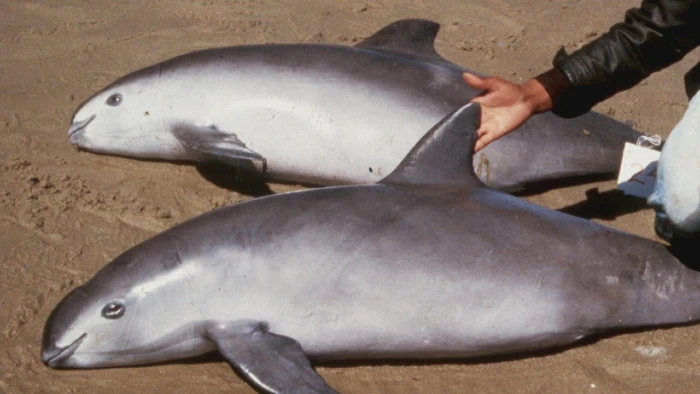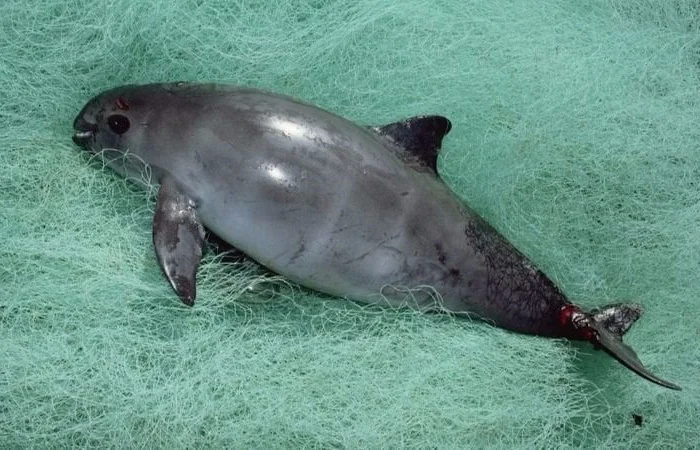It’s a moment of distress for the planet’s biodiversity. The vaquita, an elusive marine mammal, is balancing dangerously on the edge of extinction, with estimates suggesting that fewer than 10 individuals remain in the Gulf of California, Mexico.
This staggering decline has prompted the International Whaling Commission (IWC) to issue its very first extinction alert in its seven-decade history, underscoring the urgency of the situation.
Dr. Lindsay Porter, the vice-chair of the IWC’s scientific committee, emphasized the gravity of this alert, remarking, “We issued this extinction warning not just as a formality but to genuinely amplify the message to the global community about the dire situation faced by the vaquitas.”

Distinguished as the tiniest among living cetacean species, vaquitas have a modest size ranging between 1.2 to 1.5 meters (approximately 4-5 feet). Their presence is exclusive to the Gulf of California.
A mere few years ago, in 2017, their numbers hovered around 30. Today, their population has dwindled to about 10.
The primary culprit?
Gillnets – specialized flat nets deployed in illegal totoaba fish hunting; a fish highly valued in the traditional Chinese medicine black market.
The IWC expressed its distress in a statement, noting, “Despite consistent alarms over the past three decades, the vaquita’s survival hangs in the balance, primarily due to entanglements in gillnets.”
In a desperate bid to pull the vaquitas back from the brink, several measures have been explored. Collaborations between the government and Leonardo DiCaprio’s Foundation have been forged to safeguard the vaquita’s ecosystem.
Efforts have also included utilizing Navy-trained dolphins to track them, and even ambitious endeavors to capture and relocate them to marine refuges for a captive breeding program – a venture that tragically resulted in the death of a captured female.
More To Discover
Given the criticality of the situation, the Mexican navy has implemented a zero-tolerance area (ZTA), deploying 193 concrete blocks to deter gillnet fishing.
While this strategy has reportedly curtailed gillnetting by a whopping 90% within the designated zone, concerns arise that it may have inadvertently relocated the problem to the ZTA’s periphery.



















